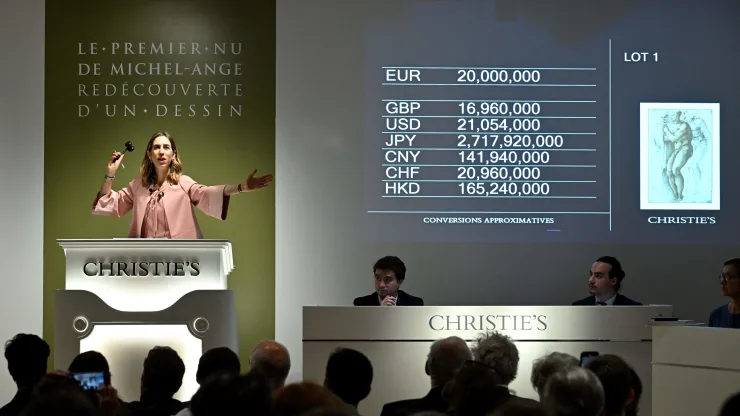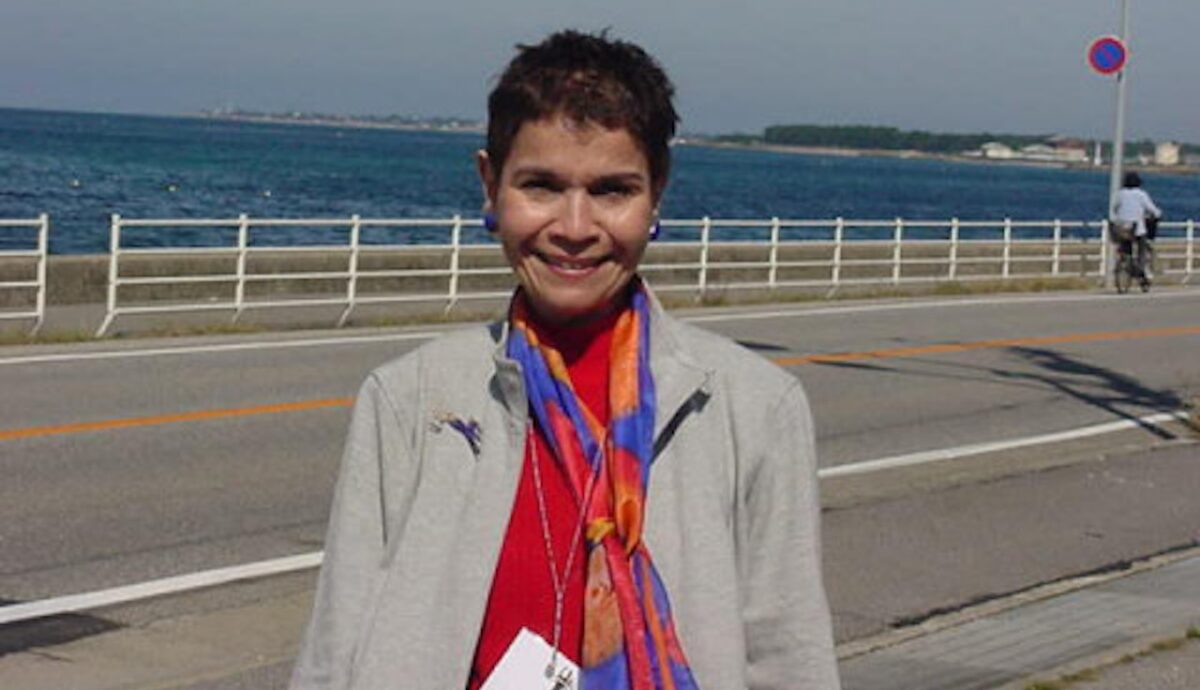Brunei’s Royal Wedding
Brunei came to a halt for a grand royal wedding, featuring Prince Abdul Mateen, the tenth child of Sultan Hassanal Bolkiah, and Anisha Rosnah. The ceremony took place at Istana Nurul Iman, the world’s largest residential palace.
The wedding included a procession through Bandar Seri Begawan, drawing crowds in scorching heat. Prince Mateen, a 32-year-old military officer, is the face of Brunei’s royal family, known for his Instagram presence. Anisha, reportedly an entrepreneur, joined the extravagant royal lifestyle. The sultan’s family, known for lavish parties, has a history of grand celebrations, including a $25 million event in 1996.
The wedding festivities began on January 7 with a traditional pre-wedding ceremony, followed by the Islamic solemnization ceremony on January 11. Other ceremonies, like the Berbedak Pengantin Diraja, or “powdering ceremony” – where the groom and bride-to-be are blessed by their close family members who apply a powder paste to their hands before the wedding, also added cultural significance. The formal wedding on January 15 featured royals from Bhutan, Saudi Arabia, Jordan, and the UAE, along with leaders from neighboring countries. Brunei, a tiny nation rich in oil and gas reserves, gained independence in 1984. The ruling House of Bolkiah is led by Sultan Hassanal Bolkiah, the world’s longest-reigning monarch, who holds various government roles.




